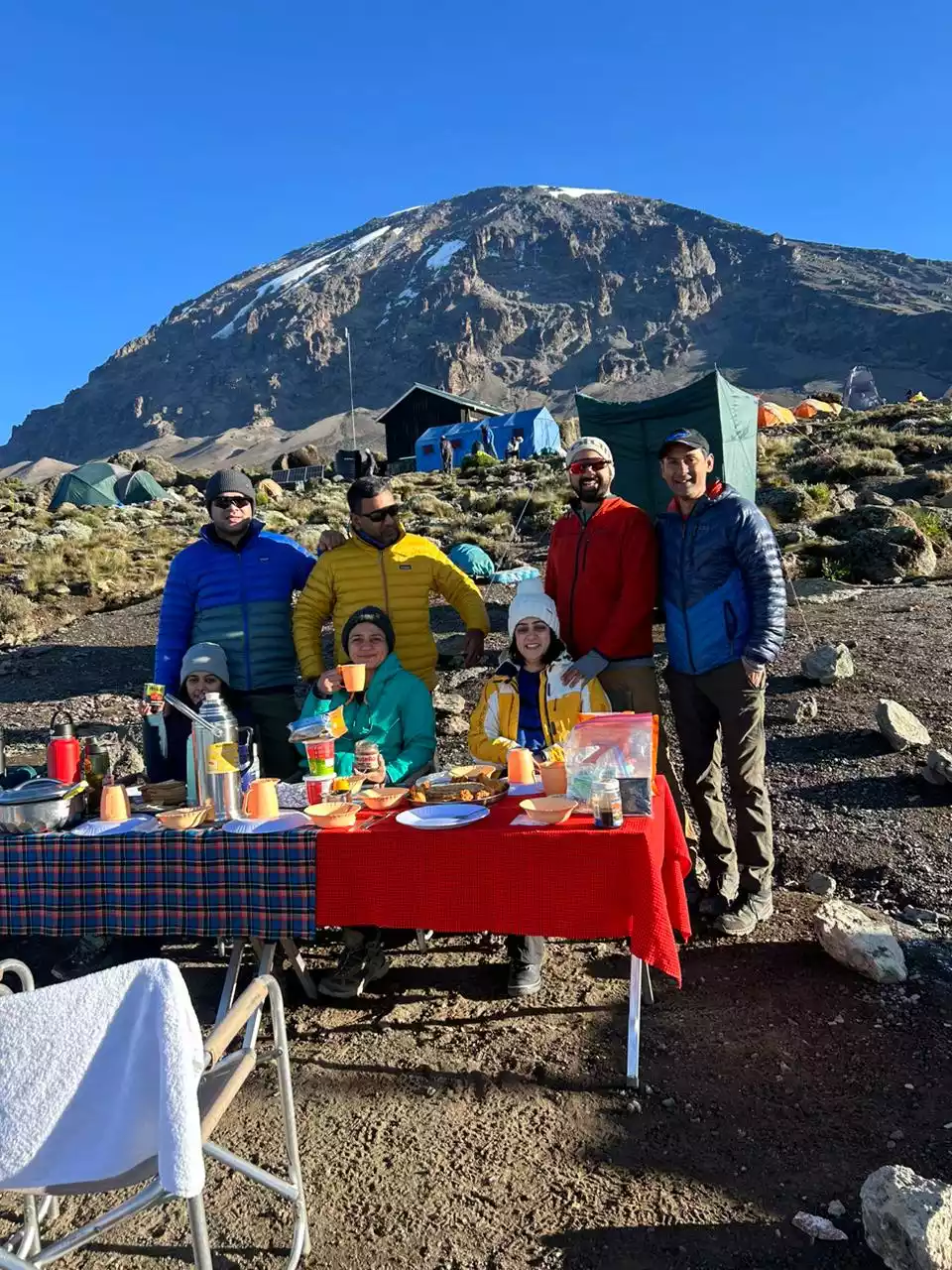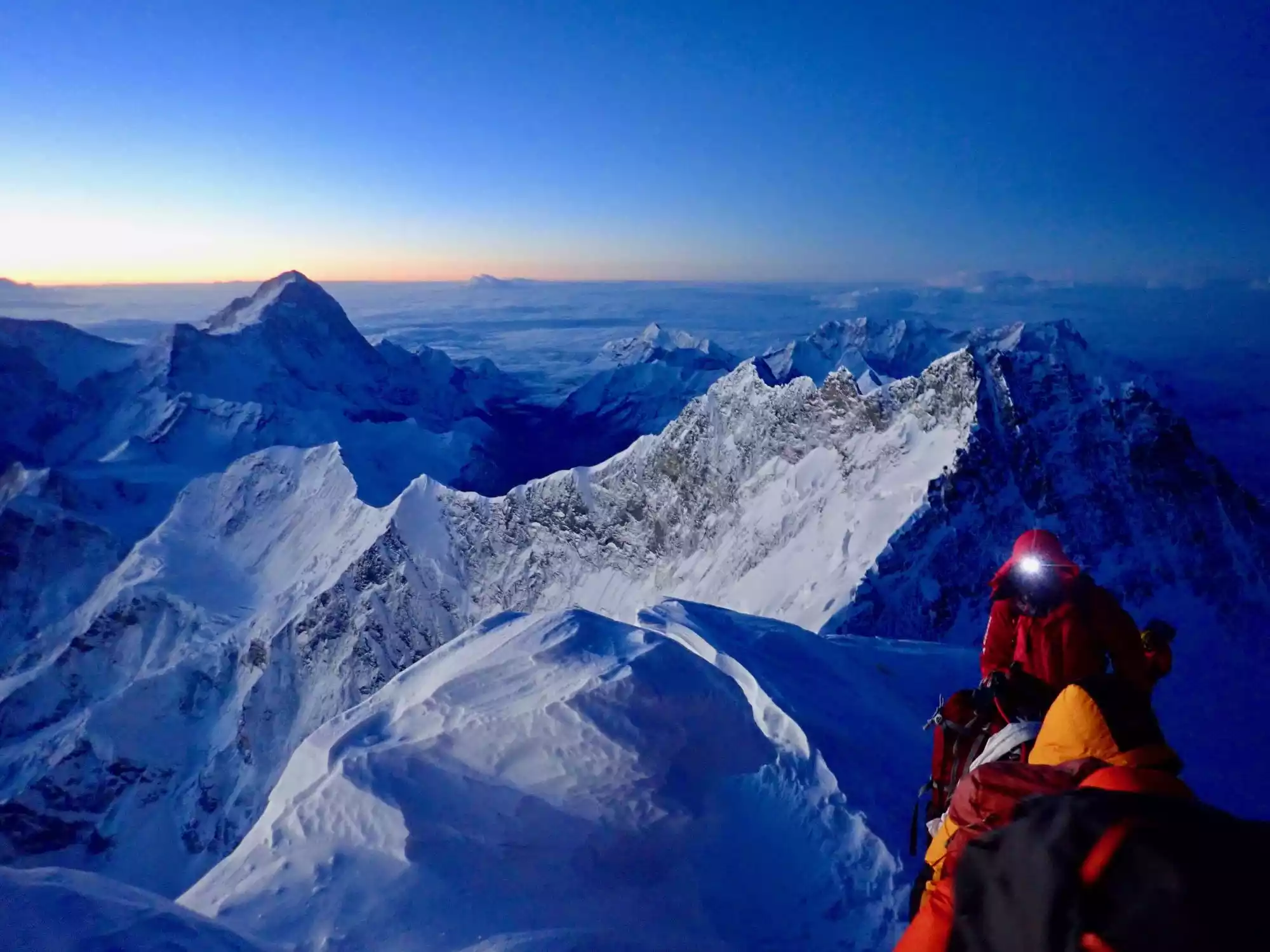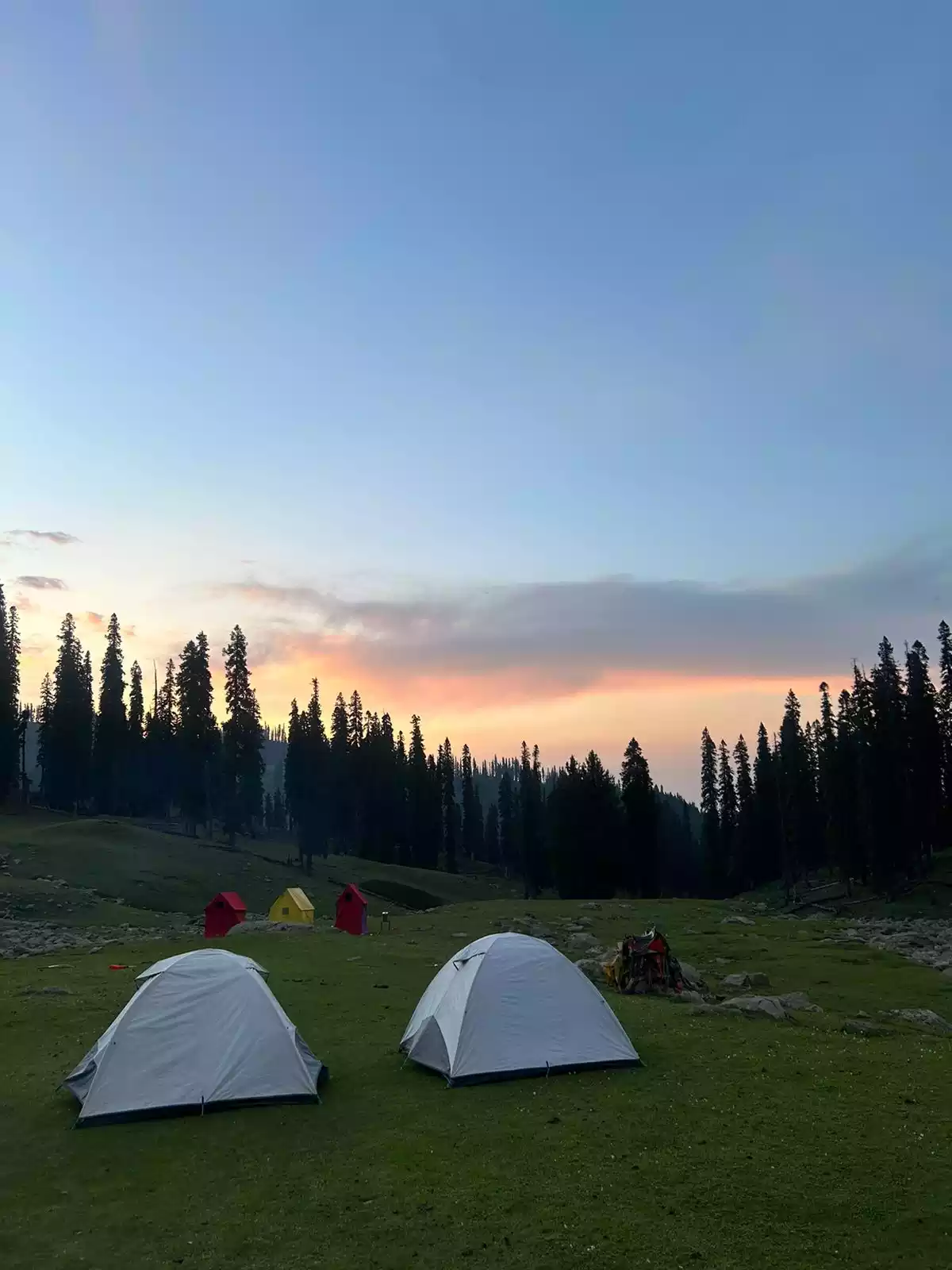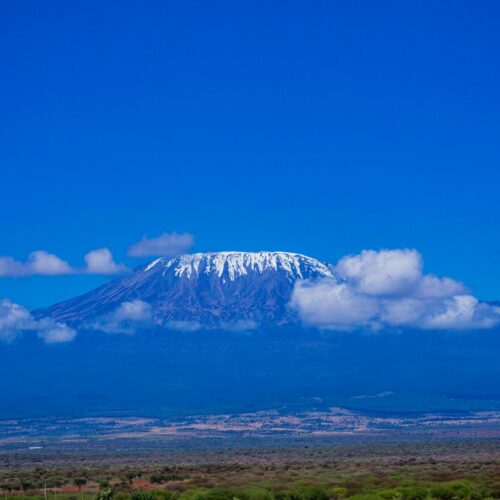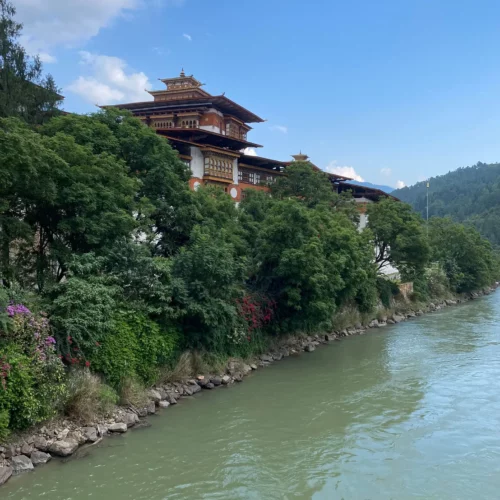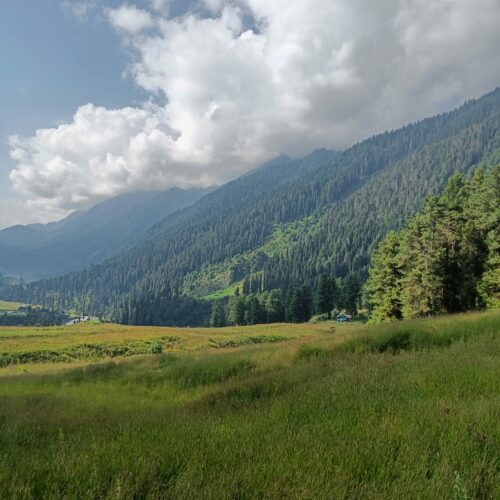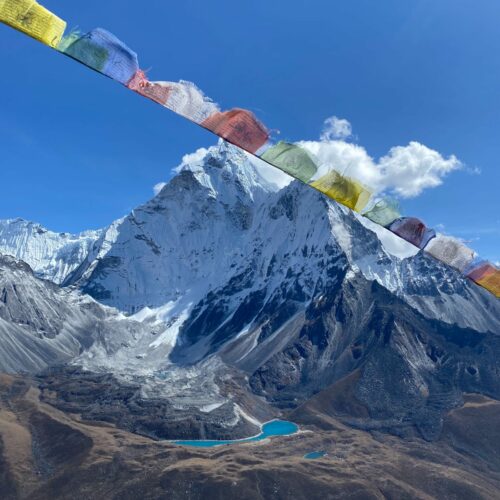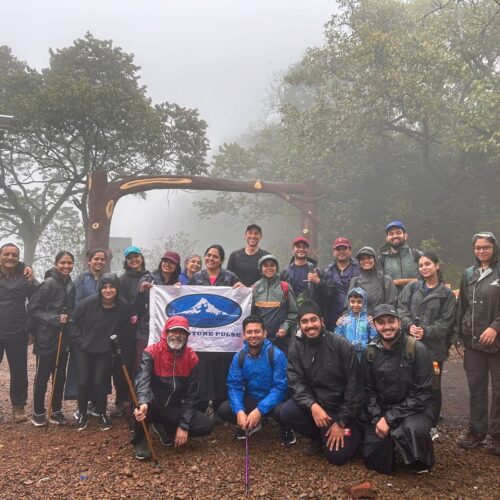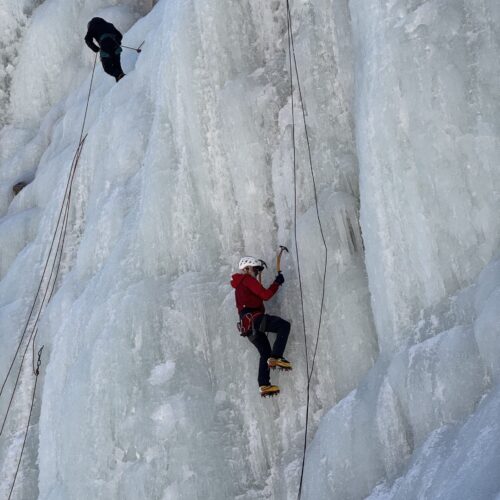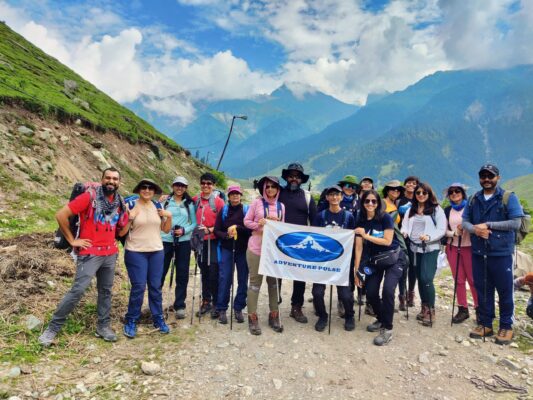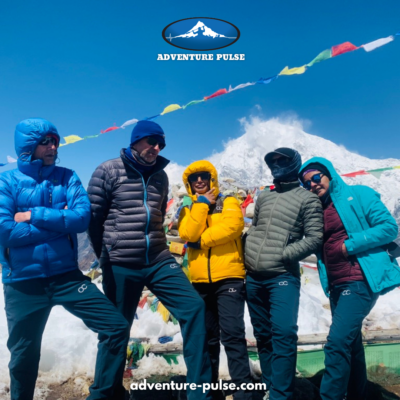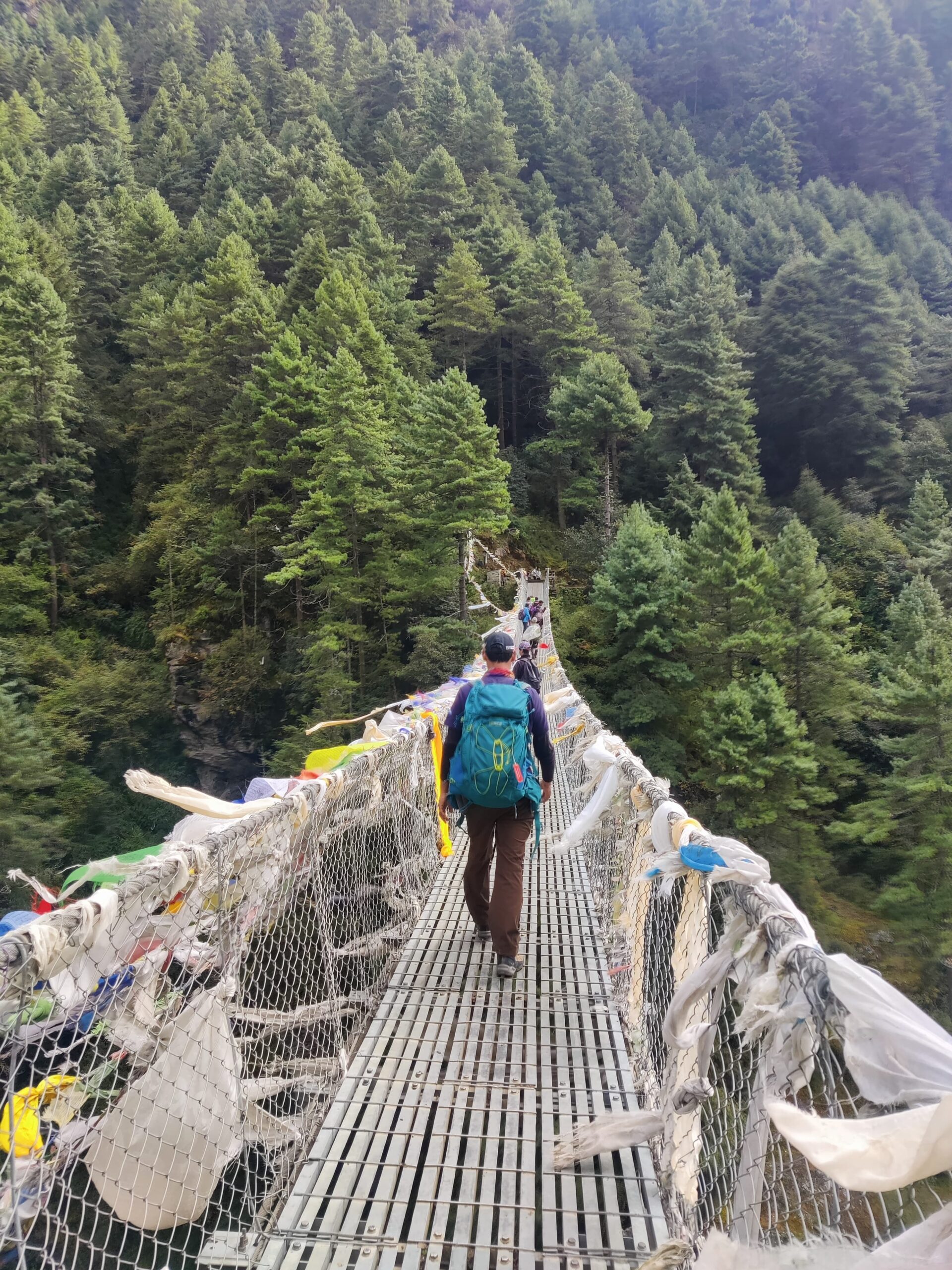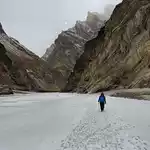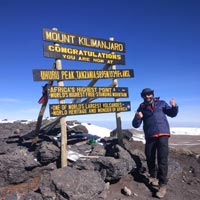Brief Itinerary
-
Day 1: Arrive Leh (3,500m). Rest & Acclimatize.
-
Day 2: Acclimatization in Leh.
-
Day 3: Drive to Karzok (4,500m) by Tso Moriri.
-
Day 4: Rest & acclimatization at Karzok.
-
Day 5: Trek to Base Camp (5,200m).
-
Day 6: Acclimatization hike above Base Camp.
-
Day 7: Summit Attempt on Mentok Kangri II (6,250m) & return to Base Camp.
-
Day 8: Buffer/Reserve Day.
-
Day 9: Trek back to Karzok.
-
Day 10: Drive to Leh.
-
Day 11: Buffer/Departure.
Inclusions & Exclusions
Trip Cost Includes:
- Group airport pickup and drop on arrival and departure.
- Transportation to the start point of the trek and from end point to Leh with the group.
- Accommodation in Leh on Bed & Breakfast plan for 03 Nights.
- Tented accommodation during trek in 3-man tents on twin sharing basis.
- All Meals (Bed Tea, Breakfast, Hot / Pack Lunch, Evening Tea & Dinner) during the course of the trek.
- Porters/Mule caravan to transport rucksack up to 12 kgs limit.
- Currently applicable permit fees.
Trip Cost DOES NOT Include:
- Airfare to and from Leh.
- Additional days either on the trek or in Leh other than the standard itinerary.
- Any kind of Personal Equipment or Optional Tours/Extra Meals Ordered.
- Tips, Insurance, Laundry, Phone Calls.
- Any Kind of Drinks (Alcoholic, Mineral, Aerated).
- Personal climbing equipment like climbing shoes, crampons etc. (Can be rented on actuals)
- Anything not specifically mentioned under the inclusions.
- Single supplement tent or hotel.
- Expenses arising out of early arrival and late departures.
- Expenses arising out of medical evacuation, injuries if any.
Things to carry
Download as PDFThe high altitude, cold temperatures, strong sun, and snow-covered terrain of UT Kangri II demand the right gear for safety and comfort. To make the most of your climb and stay prepared for all conditions, we recommend carrying the following essentials.
Apparel
- Thermals (Inners) - At least 1 pair Top & Bottom
- 4-5 t-shirts or long-sleeve shirt (cotton / dryfit)
- 2-3 pairs of trekking pants (no jeans/denims)
- 1 Fleece Jacket
- 1 Down Jacket
- 1 Waterproof Layer (Rainjacket/Shell Jacket)
- 1 pair of Hiking Boots
- 1 pair of comfortable sandals/floaters/sneakers
- 6-8 pairs of cotton socks (for day)
- 2 pairs of thick/woollen socks (for night)
- Gloves - liner and outer (ideally waterproof when using in snow)
- Sun hat/cap
- Woollen cap
- Buff or Balaclava
- 1 pair of thick mountaineering socks
- Thick Thermals (1 pair)
- 2 Synthetic Undergarments
-
Specific Equipment for Climbing (Can be Rented in Leh)
- Climbing Helmet
- Mountaineering Harness
- Mountaineering Boots a.k.a Snow Boots
- Crampons
- 1 Locking + 1 Non-Locking Carabiner
- Thick mountaineering mittens or gloves
Accessories
- Duffel Bag/Rucksack (60L+)
- Daypack/Small Backpack (20-30L capacity)
- Trekking Pole/s
- 2x 1L Bottles (for drinking water)
- Torch or Headlamp + Batteries
- Knee/Ankle/Wrist Guards (if you require)
- Trekking Poles
- Sunblock/Sunscreen
- Ski Goggles/ Cat-4 Sunglasses
- Moisturiser
- Hand Sanitiser
- Personal Medical Kit
- Personal Toiletries Kit
- Trail Mix/Trail Snacks
Fitness
Download as PDF- There are three main aspects of training to focus on – strength training, cardiovascular training, and trekking + trekking alternatives.
- Strength training involves training different muscle groups, so that they can become stronger. There are different exercises for each muscle group, and working them all out 2x-3x a week should be enough to help you get comfortable trekking.
- Legs / lower body - exercises like squats, glute bridges, step ups and leg presses with help you develop stronger muscles in the lower body.
Core - Exercises like planks, bicycle crunches and leg raises can help with core stability; Pilates is also a core-intensive type of workout that will help.
Upper body - Bodyweight exercises like push-ups, pull-ups and dips will help develop these muscles. You can also use resistance bands or light weights to develop them further.
- It’s vital to do plenty of cardio training before your trek, so that you can get the most out of your experience
- Running - This is the most recommended form of cardio activity, as it activates a lot of the same muscles as trekking. Being able to run 10km in 60 minutes will allow you to get the most out of your trek.
Cycling / Swimming - If you have knee issues, or don’t enjoy running, you can also opt for cycling and swimming. Being able to cycling 30-50km or swim for 30-40 minutes, thrice a week, should be good to help you with treks like EBC.
HIIT training / Crossfit - Another option to level up your cardio training is to opt for high intensity aerobic exercises like HIIT or Crossfit, 2-3 times a week
The aim is to get your heart rate up, so you do not get winded on long days of trekking
- Hiking
Try to get outdoors and go for a hike on the weekends! Uphill trails of 4-8 kilometres are will help you get used to trekking. Make it a point to carry a loaded backpack, and walk in your trekking shoes.
- Hiking Alternatives
Climbing stairs, and using the treadmill or stairmaster on an incline, will help prepare you for treks. Make it a point to carry a loaded backpack so that you can get used to the extra weight; and use your trekking boots, so that you can break them in and walk comfortably.
- If you’re confused with all this information, no need to worry! The most important thing with training is consistency, and staying injury-free. Your training week should ideally have
Strength training - 3 sessions
Cardio training - 3 sessions
Hiking - 1 long session, best on the weekends
Rest and stretching - at least 1 day
FAQs
Mentok Kangri II
How difficult is Mentok Kangri II?
Mentok Kangri II (6250m) is considered a non-technical but physically demanding climb. While it doesn’t require advanced mountaineering skills, trekkers must have good endurance and prior high-altitude trekking experience to manage the thin air and long summit push.
Do I need prior mountaineering experience?
No advanced technical experience is required, but familiarity with using basic equipment like crampons and ice axes is recommended. A short training and gear orientation session is conducted at Base Camp before the summit attempt.
What kind of fitness is needed for this climb?
You’ll need strong cardiovascular fitness and leg strength to handle sustained climbs at altitude. A 2–3 month training plan with running, swimming, cycling, and stair climbing with a backpack is ideal preparation.
How do we acclimatize during the expedition?
The itinerary is designed for gradual altitude gain — with rest and acclimatization days in Leh, Karzok, and at Base Camp. Optional acclimatization hikes are included to help your body adjust naturally to high altitude.
What equipment do I need to bring?
Basic mountaineering gear like a helmet, harness, crampons, and ice axe is required. The same can be rented in Leh on actuals. A detailed packing list will be provided, including warm layered clothing, sturdy boots, and personal essentials for high-altitude conditions.
What makes Mentok Kangri II special?
The climb combines spectacular Himalayan views with the tranquility of the Tso Moriri basin and a glimpse into the nomadic life of the Changpa herders — offering a rare mix of challenge, solitude, and cultural richness.
Featured Blog Posts
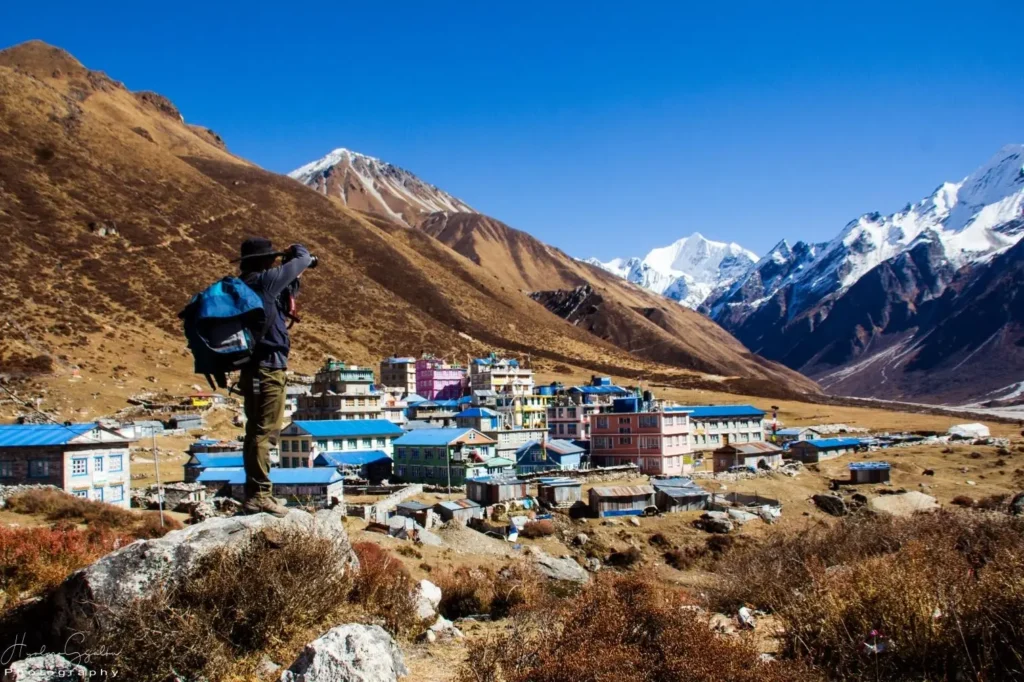 Conquering Mentok Kangri: A Climber’s Guide to Ladakh’s Crown Jewel - Mentok Kangri Climb Overview: Mentok Kangri, or simply "Mentok," is a majestic peak towering over Ladakh, India. Standing at a…
Conquering Mentok Kangri: A Climber’s Guide to Ladakh’s Crown Jewel - Mentok Kangri Climb Overview: Mentok Kangri, or simply "Mentok," is a majestic peak towering over Ladakh, India. Standing at a…  Experiencing the Climb of a Lifetime at Kang Yatse 2 - Kang Yatse 2 Climb Overview Kang Yatse 2 is an awe-inspiring mountain located in the Ladakh region of India. It…
Experiencing the Climb of a Lifetime at Kang Yatse 2 - Kang Yatse 2 Climb Overview Kang Yatse 2 is an awe-inspiring mountain located in the Ladakh region of India. It…  The Mountains Are Calling… Exploring Mountains and Beyond - Rediscovering my connection with the mountains - A journey into the unknown! It had been over 30 years since I…
The Mountains Are Calling… Exploring Mountains and Beyond - Rediscovering my connection with the mountains - A journey into the unknown! It had been over 30 years since I…  Camping Tips – 10 Tips to sleep better while camping - Camping is the answer, no matter what the question is! How to make your camping experience more comfortable and get…
Camping Tips – 10 Tips to sleep better while camping - Camping is the answer, no matter what the question is! How to make your camping experience more comfortable and get…

